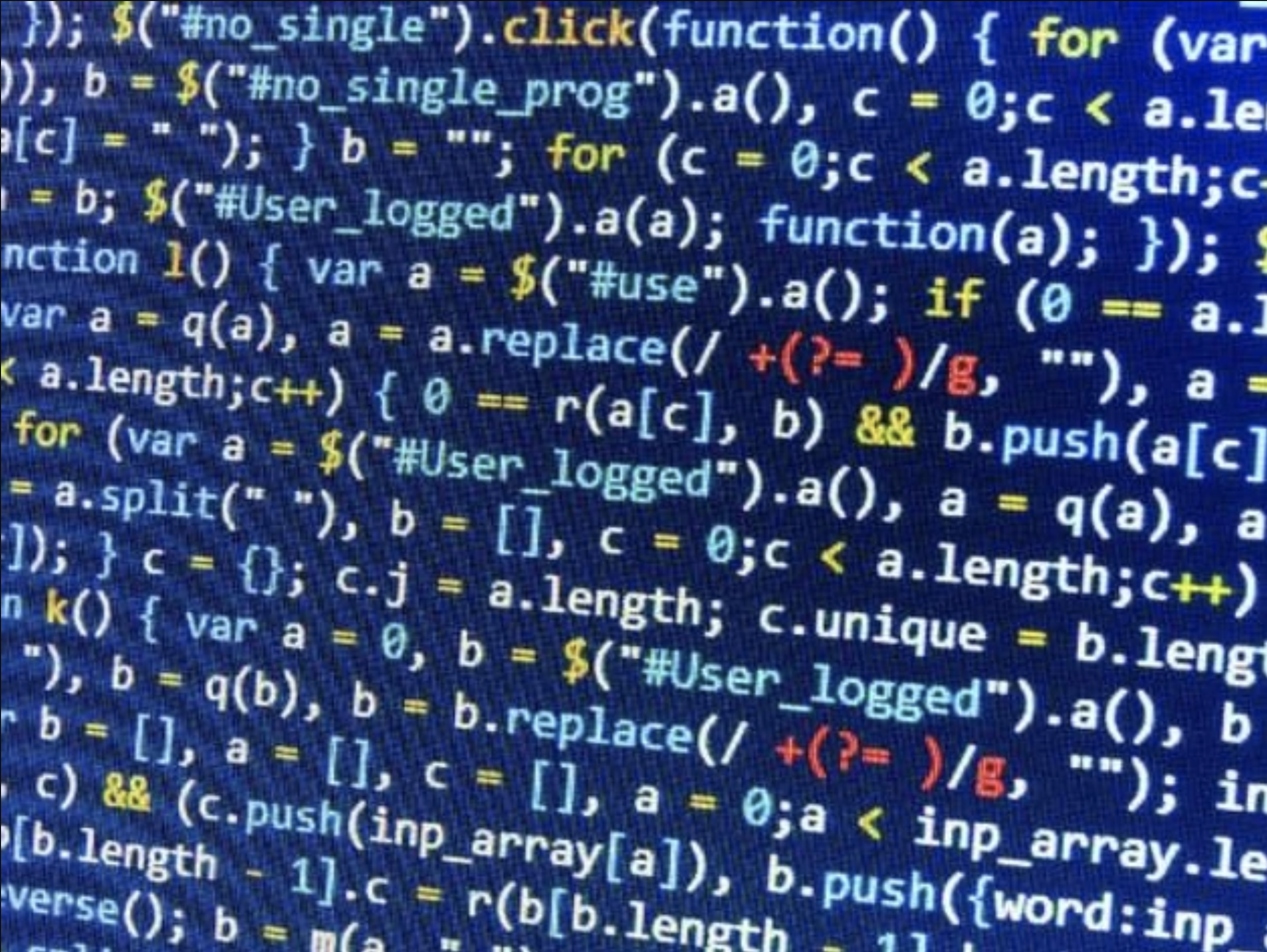Since 2005, Productivity in manufacturing has nearly doubled, whereas in the same period construction has remained flat according to research conducted by McKinsey&Company.
The key to understanding the gap is that Manufacturing has embraced technology that has proven to increase effiency and lower waste. Whilst construction continues to soldier on using outdated paper based processes.
McKinsey research outlined a range of factors that contribute to construction falling behind.
- Inadequate communication. Inconsistencies in reporting mean that subcontractors, contractors, and owners do not have a common understanding of how the project is faring at any given time.
- Flawed performance management. Unresolved issues stack up because of lack of communication and accountability.Contractual misunderstandings.
- The procurement team typically negotiates the contract, and this is almost always dense and complicated. When a problem comes up, project managers may not understand how to proceed.
- Poor short-term planning. Companies are generally good at understanding what needs to happen in the next two to three months, but not nearly so much at grasping the next week or two.
Poor Short term planning, inadequate communication and performance management is where BuildAI can help construction teams realise efficiencies that are not possible with paper based reports. Our systems monitor activity on construction sites constantly and can provide predictive analytics using AI in a simple to use dashboard. The prediction based approach provides a lead and not a lag indicator. Using technology like this allows teams the opportunity for interventions to help guide projects back on track. With high rise construction projects costing hundreds of millions of dollars, each lost day on site translates to costs of hundreds of thousands of dollars. The benefits of adopting the latest technology can easily provide a return on investment if the program cycle is kept on track via careful monitoring and notifications as and when delays occur.




